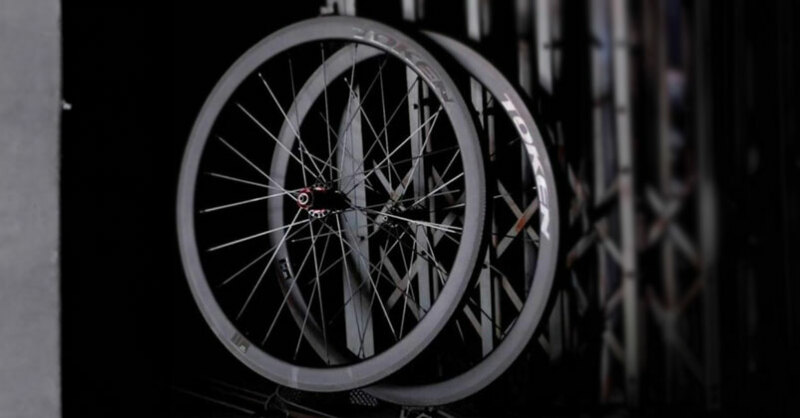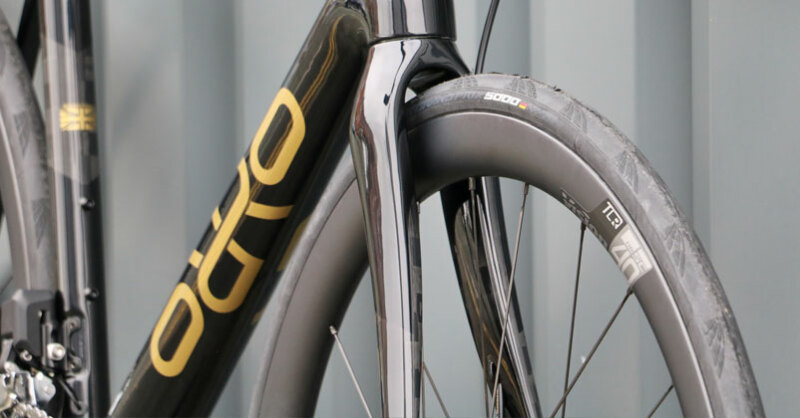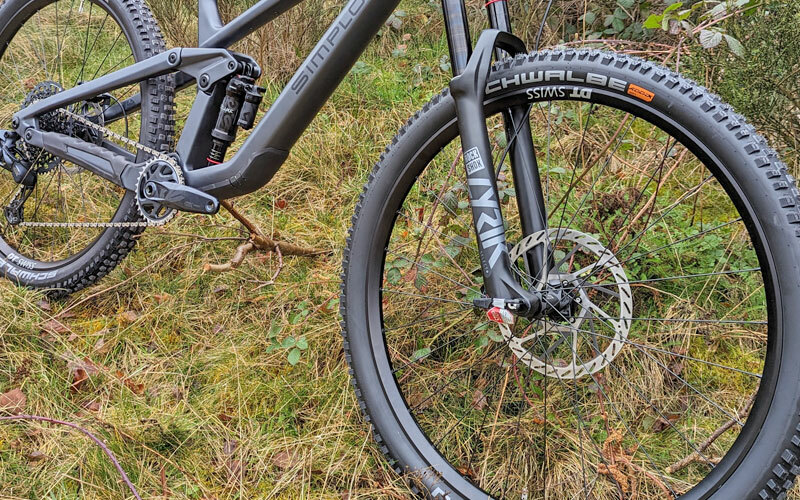Disc Brake Guide
Hydraulic disc braking with calipers and a rotor provide the most efficient and powerful braking, because of this, they are used on most forms of transport, from jumbo jets to bikes. Having been around on mountain bikes since the 90’s, disc brakes have evolved and got more powerful, smaller, neater and easier to maintain. They are now pretty much everywhere within the cycling world.
.jpg)
What Are Hydraulic Brakes?
Hydraulic brakes consist of five main parts; Lever, Reservoir, Hose, Caliper and Rotor. They work by the lever compressing the hydraulic fluid, which in turn pushes the pistons in the calipers, which squeeze the pads against the rotor.
Different Types of Hydraulic Disc Brakes Mounting
There are two mounting style options for hydraulic disk brakes on bikes, flat mount and post mount. Mountain bikes are post mount, some older gravel and road bikes with disc brakes were post mount too. During the past few years disc road bikes and gravel bikes have changed to flat mount. Flat mount is generally regarded as a little bit neater and less bulky for road and gravel applications.
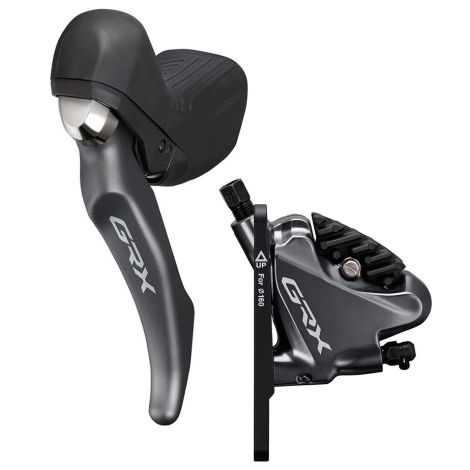
Groupset Integration
For road and gravel bikes (with drop handlebars), disc brake sets need to be compatible with the rest of your bike’s groupset, in particular the gearing. This is because different manufacturer’s levers are not compatible with each other. So if your bike is running Shimano R7000 11 speed, it is best to use a Shimano R7000 11 speed hydraulic brake set.
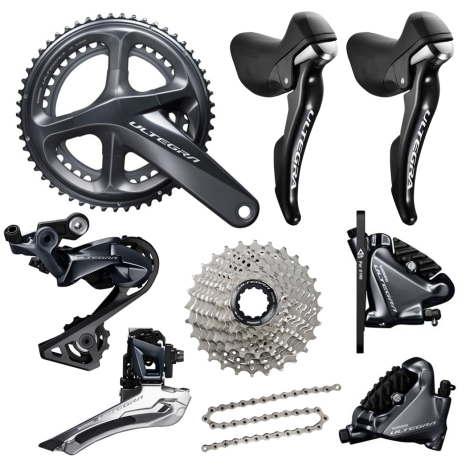
For mountain bike riders things are much easier, because the brake and shift levers are separate, there is much more choice and no cross compatibility issues to worry about.
What Type Should I buy?
Road and Gravel
As mentioned above, for gravel and road riders, disc brake sets need to integrate with the rest of the bike’s groupset, so buying choices are restricted to possibly up or down a groupset level from the same manufacturer. So, for example, you could replace Shimano 105 R7000 hydraulic brakes with Shimano Ultegra R8000 hydraulic brakes.
Mountain Bike
Replacing hydraulic brakes on your mountain bike is a pretty straightforward affair. Make sure the hose length matches the current hose length and you should be good to go. Even entry level brakes from the big manufacturers offer reliable, powerful braking and relatively easy maintenance such as pad replacement. Mid-range and upper level brakes usually offer increased power or lower weight, depending on what type of riding you are in to.
Nitty Gritty on Hydraulic Braking
Disc brake Pads
There are three main options when it comes to replacement pads for your bike’s disc brakes;
Organic pads are quick to bed in, but don’t last as long as other types of pads.
Sintered / Metal pads take a while to bed in, but they last the longest.
Semi Metal / Sintered combine the best aspects of both metal and organic.
Read our more detailed blog on brake pads here.
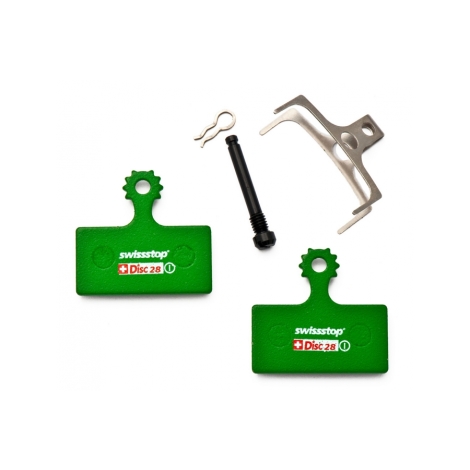
Hoses
The connection between lever and caliper is made with a hydraulic hose. The hose is filled with hydraulic fluid which isn’t effected by forces such as compression and heat.
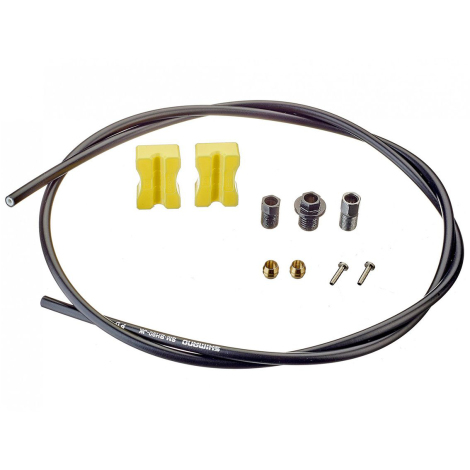
Connectors
The connection between the hose and caliper is under a large pressure load when the brake is operating. Olive and barb / pin type connections are ideal as they screw into the structure of the hose casing and effectively become part of the hose.
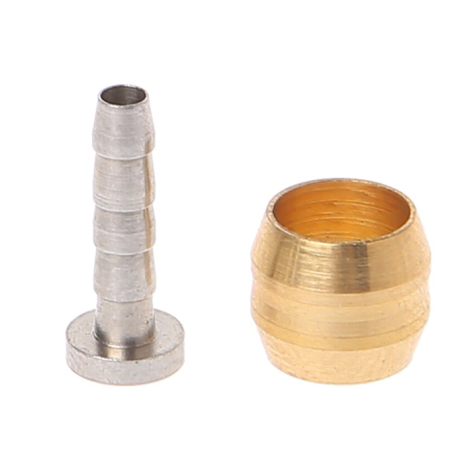
Rotor Size
Physics comes into play when looking at rotor size and stopping power. The short version is that larger rotors offer better stopping power. The rotor acts as a lever, transferring force from the caliper into the wheel. The larger the rotor, the larger the amount of leverage it offers. However! Manufacturers recommend using certain rotor sizes for their products. Also, disc road and gravel bikes usually have either 140mm or 160mm rotors.
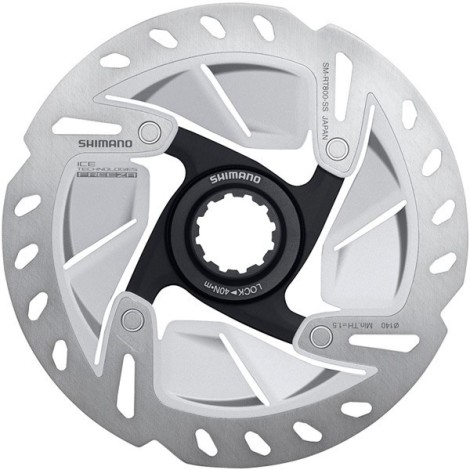
Rotor Mounts
There are two mount options for disc brake wheels, 6 Bolt and Centerlock. Rather than using 6 small bolts (on 6 bolt mounts), centerlock uses a lockring to hold the rotor tight on the wheel.



